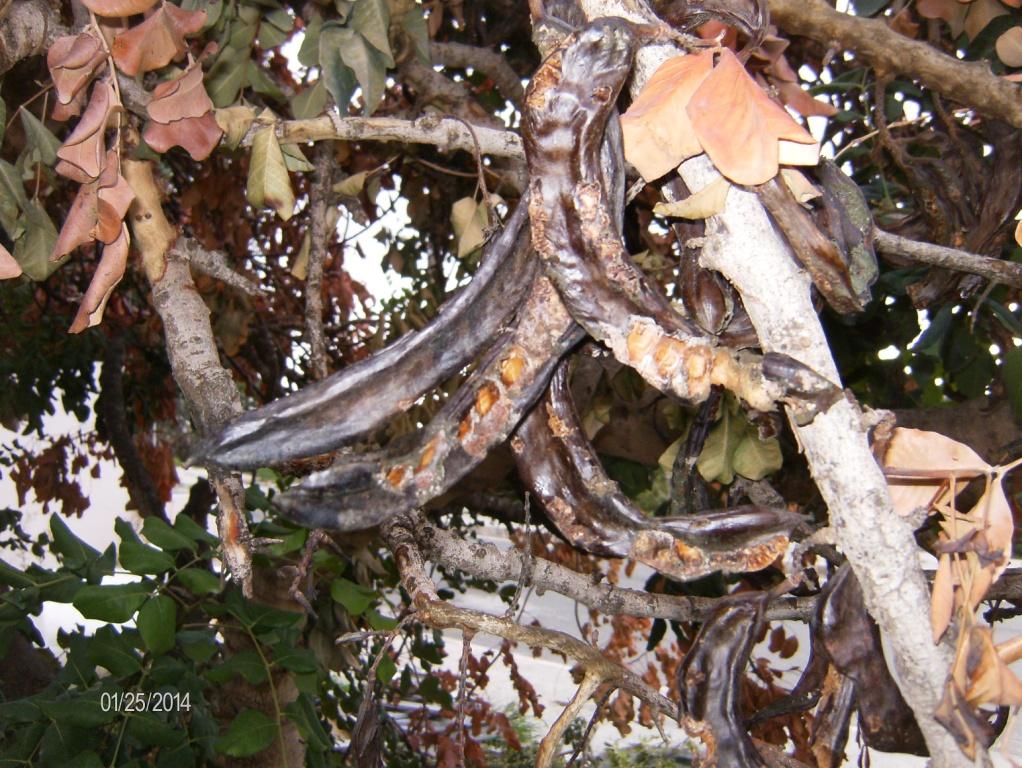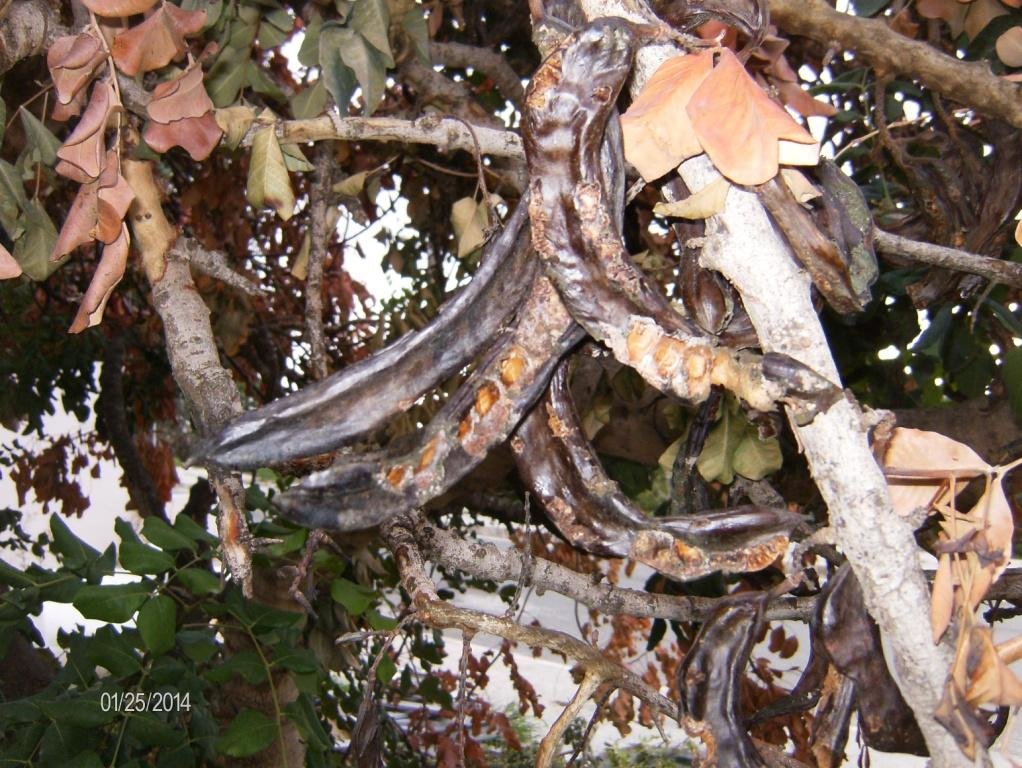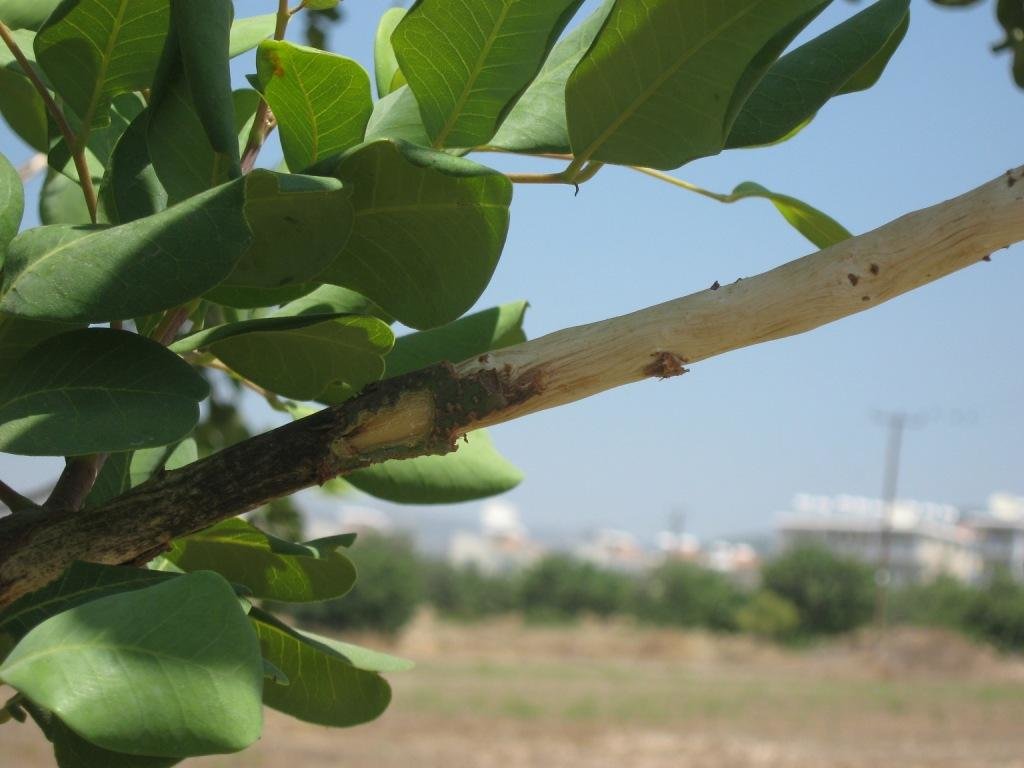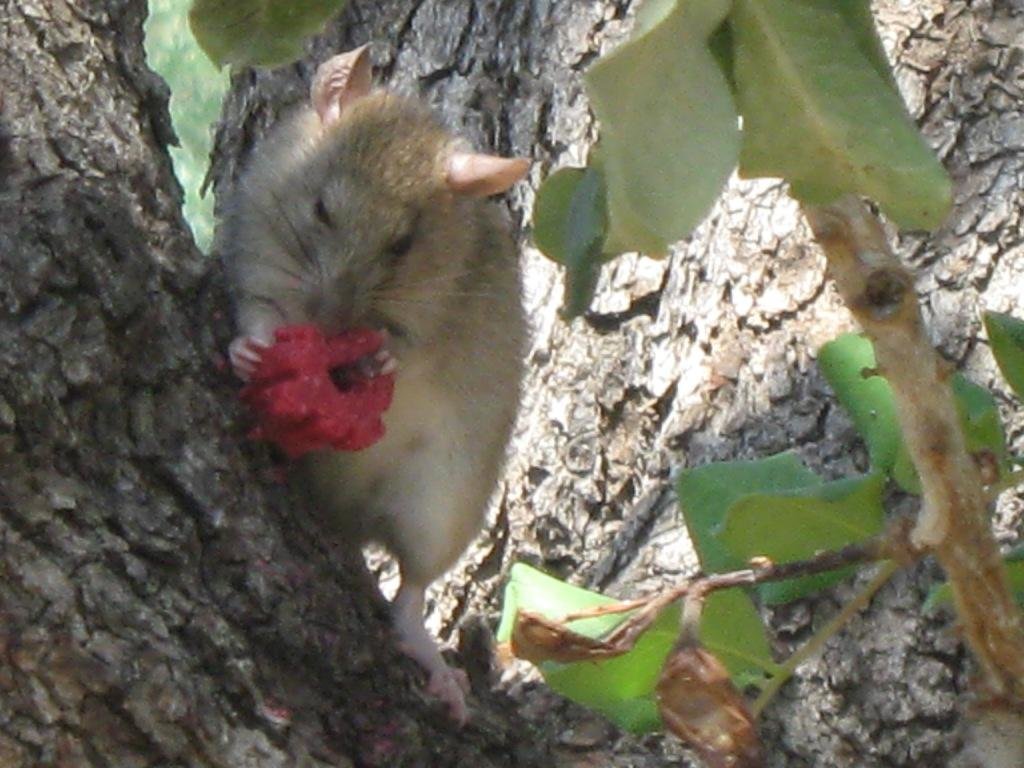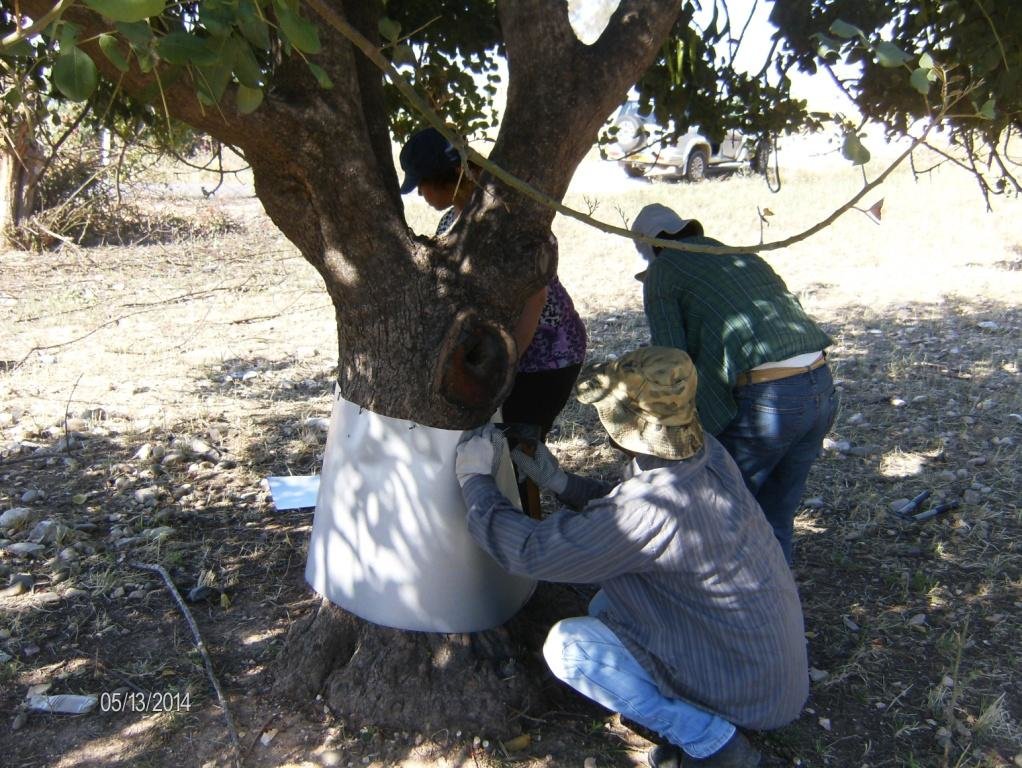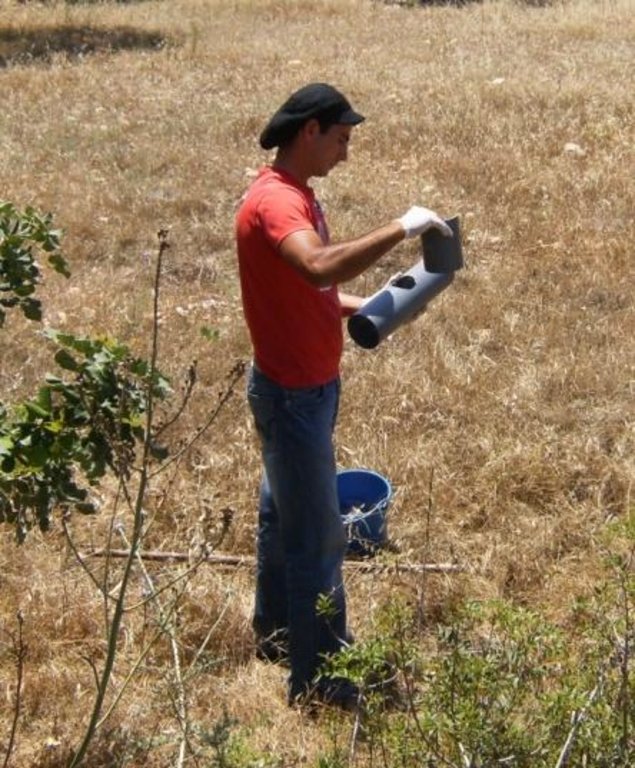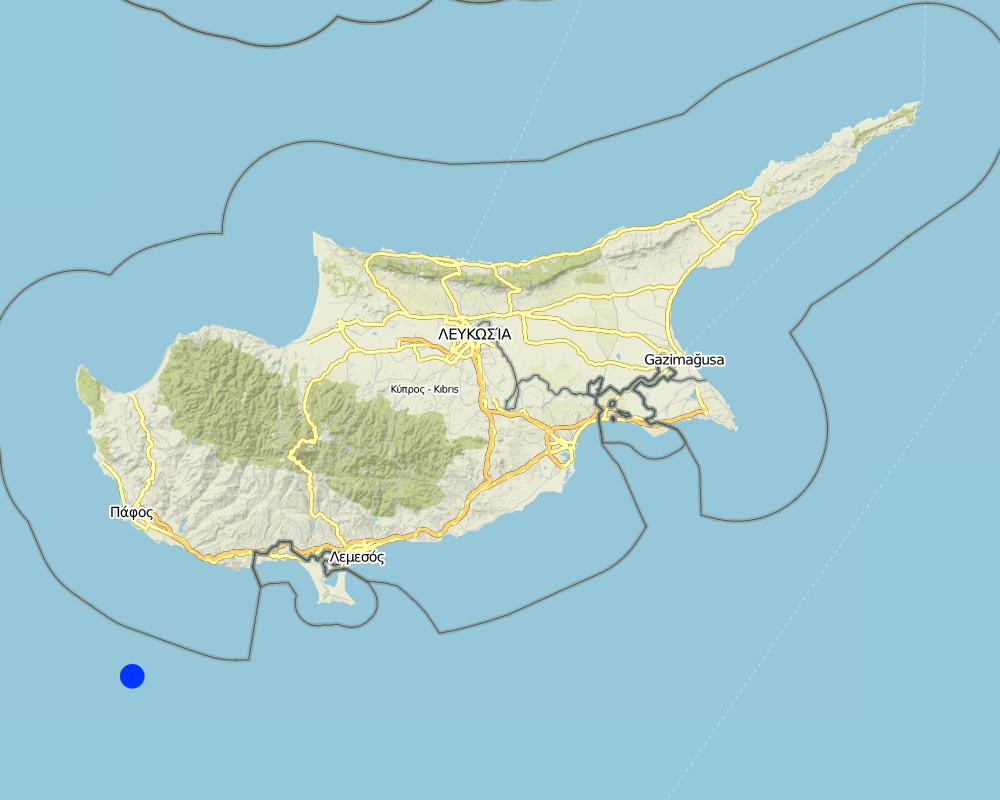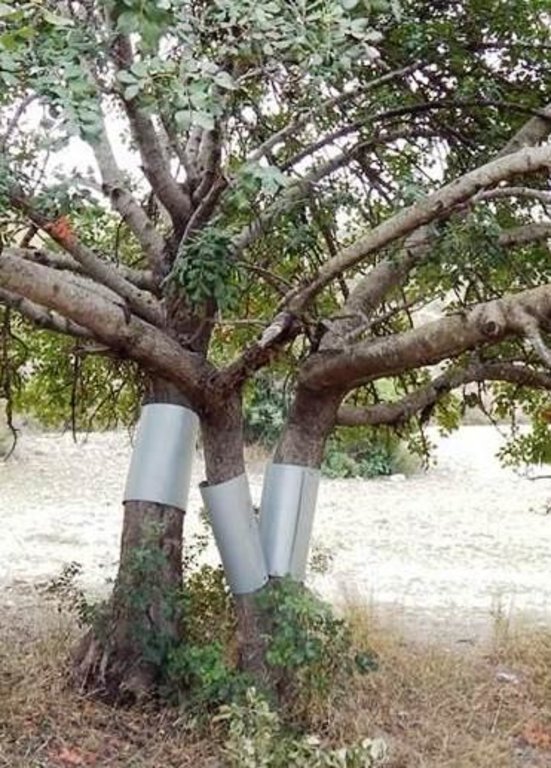Carob tree protection from rats [Cyprus]
- Creation:
- Update:
- Compiler: Michalakis Christoforou
- Editor: –
- Reviewers: Fabian Ottiger, Alexandra Gavilano
Προστασία χαρουπόδενδρων απο προσβολές αρουραίων και ποντικών
technologies_1703 - Cyprus
View sections
Expand all Collapse all1. General information
1.2 Contact details of resource persons and institutions involved in the assessment and documentation of the Technology
Governement official:
Costas Michael
Ministry of Agriculture, Rural Development and Environment, Cyprus
Cyprus
Name of project which facilitated the documentation/ evaluation of the Technology (if relevant)
Catastrophic shifts in drylands (EU-CASCADE)Name of the institution(s) which facilitated the documentation/ evaluation of the Technology (if relevant)
Cyprus University of Technology (Cyprus University of Technology) - Cyprus1.3 Conditions regarding the use of data documented through WOCAT
The compiler and key resource person(s) accept the conditions regarding the use of data documented through WOCAT:
Yes
2. Description of the SLM Technology
2.1 Short description of the Technology
Definition of the Technology:
Carrob tree protection from rat attacks include protection of trees directly by using aluminium layers as rings on the neck of the carob trees in order to keep rats away from climbing on the threes and thus causing problens on fruits and new branches. Furthermore, poisonus rat baits are attached on the trees in case the aluminium layers can not be used.
2.2 Detailed description of the Technology
Description:
Carob trees are attacked every year by rats who nibble the trunk stem of the tree, remove the bark of the trunk and the branches sucking the juice and eat the mature fruits. Rats nibble the bark of the tree in order to reduce their teeth size which tends to enlarge year by year. This results in the death of the tree branch or even of the entire tree. The tree may also show symptoms of hemiplegia. Rats run on the tree through the trunk. Apart from the direct effect of rat attacks on carob trees, rats also cause other problems to humans and animals. Rats are vectors for serious pest and diseases
Purpose of the Technology: The rat population increases rapidly when there is enough food (such as carobs) available, and the population grows even faster in the absence of natural enemies. . Through interrupting the access from the ground to the tree trunk, or by pruning the branches which are connected to the ground, the rats are hindered from climbing the trees. Rats can also be controlled through the use of chemical baits. However, these baits should only be used by experts who know where and how to place them in order to avoid that other animals come in contact with the baits. Natural enemies such as cats, snakes and birds (e.g. Bam owl (Tyto alba)) should be breeded and established on the carob trees, and farmers, hunters and locals should be informed not to kill the natural enemies of rats.
Establishment / maintenance activities and inputs: The carob trees can be protected from rats by covering the tree neck and trunk from the ground up to 1 meter with a hard material such as aluminium with a slippery surface. This way the rats are not able to climb the trees since they will slither on the ring layer.
Natural / human environment: The carob tree protection will increase the production of carobs and therefore the income of the growers. Already established carob trees could provide a good income to growers with low production cost. The population of rats will decrease since the major source of food will not be provided anymore. Educating farmers, hunters and the local population about the benefits of natural enemies will allow that the environment regulates the rat population by itself.
2.3 Photos of the Technology
2.5 Country/ region/ locations where the Technology has been applied and which are covered by this assessment
Country:
Cyprus
Region/ State/ Province:
Limassol
Further specification of location:
Pissouri
Specify the spread of the Technology:
- evenly spread over an area
If the Technology is evenly spread over an area, specify area covered (in km2):
50.0
Comments:
Total area covered by the SLM Technology is 50 km2.
Carob trees are grown in dry lands such as Pissouri and its sorrounding villages. In Cyprus a total of 4000 hectares with 300'000 carob trees are cultivated. The annual production of carobs is around 9000 to 12000 tons. Carob growers use minimum agricultural practices such as mechanical weed control and pest control (insects and rats)
Map
×2.6 Date of implementation
If precise year is not known, indicate approximate date:
- 10-50 years ago
2.7 Introduction of the Technology
Specify how the Technology was introduced:
- through land users' innovation
Comments (type of project, etc.):
The use of aluminium layer covering the trunk of carob trees was applied in an EU project called Agrolife which started in 2014, http://agrolife.eu/
3. Classification of the SLM Technology
3.2 Current land use type(s) where the Technology is applied

Cropland
- Tree and shrub cropping
Tree and shrub cropping - Specify crops:
- carob
Number of growing seasons per year:
- 1
Specify:
Longest growing period in days: 210Longest growing period from month to month: mid October to mid May
Comments:
Major land use problems (compiler’s opinion): Rat attacks on carob trees cause severe problems for plants health and the fruit quality and production.
Major land use problems (land users’ perception): Carob growers: Rats are attacking the carob trees causing the death of the trees and damage of fruits.
Locals: The rat population increased during the last 30 years especially in areas where carobs are grown.
Agricultural officer: Rat population increased rapidly causing serious problems in carob production due to heavy rainfall in 2012 and to the hunting and killing of the natural enemies such as snakes and birds by the locals and the farmers.
Livestock is grazing on crop residues
3.4 Water supply
Water supply for the land on which the Technology is applied:
- mixed rainfed-irrigated
3.5 SLM group to which the Technology belongs
- integrated pest and disease management (incl. organic agriculture)
- Tree protection
3.6 SLM measures comprising the Technology

agronomic measures
- A7: Others
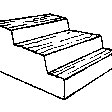
structural measures
- S11: Others
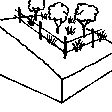
management measures
- M7: Others
Comments:
Main measures: structural measures
Specification of other structural measures: covering the tree trunk with aluminium layer
3.7 Main types of land degradation addressed by the Technology

biological degradation
- Bq: quantity/ biomass decline
- Bp: increase of pests/ diseases, loss of predators
Comments:
Main type of degradation addressed: Bp: increase of pests / diseases, loss of predators
Secondary types of degradation addressed: Bq: quantity / biomass decline
Main causes of degradation: other human induced causes (specify) (Hunting and killing the natural enemies such as snakes and birds)
Secondary causes of degradation: Heavy / extreme rainfall (intensity/amounts) (Rat popuation increases rapidly after rainy year)
3.8 Prevention, reduction, or restoration of land degradation
Specify the goal of the Technology with regard to land degradation:
- prevent land degradation
- reduce land degradation
Comments:
Main goals: prevention of land degradation, mitigation / reduction of land degradation
4. Technical specifications, implementation activities, inputs, and costs
4.1 Technical drawing of the Technology
Technical specifications (related to technical drawing):
Aluminium layers are placed aroud the bark of carob trees as a ring. The aluminium is thin and light thus does not affect the growth of the tree. The hight of the aluminium is more than 50cm so that the rats can not climb or jumb on the bark of the tree
Location: Pafos. Pafos
Date: 10/3/2014
Technical knowledge required for field staff / advisors: high (Agricultural advisors will inform the land users about the rat life cycle and their charactiristics in order to understand the use of the technology)
Technical knowledge required for land users: high (land users will implement the technology by installing the zinc or alluminium layers around the tree trunk)
Technical knowledge required for wildlife department: low (will release natural enemies such as the bird Tyto alba)
Main technical functions: reduction of rat population, protection of carob trees and fruits
Structural measure: tree trunck cover with aluminium layer
Height of bunds/banks/others (m): 1
Width of bunds/banks/others (m): 0,1
Length of bunds/banks/others (m): 1
Construction material (other): aluminium layers 1m X 1m X 0,01mm
Author:
Costas Michael
4.2 General information regarding the calculation of inputs and costs
other/ national currency (specify):
euro
If relevant, indicate exchange rate from USD to local currency (e.g. 1 USD = 79.9 Brazilian Real): 1 USD =:
0.91
Indicate average wage cost of hired labour per day:
33.00
4.3 Establishment activities
| Activity | Timing (season) | |
|---|---|---|
| 1. | covering the tree trunk with an aluminium layer | winter, spring |
4.4 Costs and inputs needed for establishment
| Specify input | Unit | Quantity | Costs per Unit | Total costs per input | % of costs borne by land users | |
|---|---|---|---|---|---|---|
| Labour | Labour | ha | 1.0 | 265.0 | 265.0 | 100.0 |
| Equipment | Tools | ha | 1.0 | 1.0 | 1.0 | 100.0 |
| Construction material | Aluminium layer | ha | 1.0 | 1116.0 | 1116.0 | 100.0 |
| Construction material | Iron nails | ha | 1.0 | 11.0 | 11.0 | 100.0 |
| Total costs for establishment of the Technology | 1393.0 | |||||
| Total costs for establishment of the Technology in USD | 1530.77 | |||||
Comments:
Duration of establishment phase: 3 month(s)
4.5 Maintenance/ recurrent activities
| Activity | Timing/ frequency | |
|---|---|---|
| 1. | Control of aluminium layers | once a year |
4.6 Costs and inputs needed for maintenance/ recurrent activities (per year)
Comments:
Machinery/ tools: hammer, nails
The costs were calculated for 8 persons working 8 hours per day and per ha. The costs were calculated on the 28th of August 2015.
4.7 Most important factors affecting the costs
Describe the most determinate factors affecting the costs:
The costs are affected by the trunk diameter and the plant height
5. Natural and human environment
5.1 Climate
Annual rainfall
- < 250 mm
- 251-500 mm
- 501-750 mm
- 751-1,000 mm
- 1,001-1,500 mm
- 1,501-2,000 mm
- 2,001-3,000 mm
- 3,001-4,000 mm
- > 4,000 mm
Specifications/ comments on rainfall:
Total annual rainfall in 2013=255mm
Total annual rainfall in 2014=363mm, and in 2015=300mm from Jan to May
Agro-climatic zone
- semi-arid
Thermal climate class: subtropics. In Jan and Feb the temp can go below 5 C for few hours in one or two days.
5.2 Topography
Slopes on average:
- flat (0-2%)
- gentle (3-5%)
- moderate (6-10%)
- rolling (11-15%)
- hilly (16-30%)
- steep (31-60%)
- very steep (>60%)
Landforms:
- plateau/plains
- ridges
- mountain slopes
- hill slopes
- footslopes
- valley floors
Altitudinal zone:
- 0-100 m a.s.l.
- 101-500 m a.s.l.
- 501-1,000 m a.s.l.
- 1,001-1,500 m a.s.l.
- 1,501-2,000 m a.s.l.
- 2,001-2,500 m a.s.l.
- 2,501-3,000 m a.s.l.
- 3,001-4,000 m a.s.l.
- > 4,000 m a.s.l.
Comments and further specifications on topography:
Altitudinal zone: 0-100 m a.s.l (most of carob trees areas)
Landforms: Plateau/plains (most trees are planted in plateaus. The technology is not affected by landform)
Slopes on average: Flat (most of the plantations), gentle (some fields) and moderate (few plantations, old age carob trees)
5.3 Soils
Soil depth on average:
- very shallow (0-20 cm)
- shallow (21-50 cm)
- moderately deep (51-80 cm)
- deep (81-120 cm)
- very deep (> 120 cm)
Soil texture (topsoil):
- medium (loamy, silty)
- fine/ heavy (clay)
Topsoil organic matter:
- medium (1-3%)
- low (<1%)
If available, attach full soil description or specify the available information, e.g. soil type, soil PH/ acidity, Cation Exchange Capacity, nitrogen, salinity etc.
Soil depth on average: Moderately deep (plateaus, flat areas) and shallow (hills with aged carob trees)
Soil texture: mdeium (in plateaus and flat areas) and fine (mostly on the base of the hill)
Soil fertility is medium in plateaus and flat areas and low mostly on the base of the hill
Topsoil organic matter is medium (in plateaus and flat areas) and low (mostly on the base of the hill)
Soil drainage/infiltration is good
Soil water storage capacity is low (due to lack of rainfall, when it rains the water is immediately absorbed by the soil)
5.4 Water availability and quality
Ground water table:
5-50 m
Availability of surface water:
poor/ none
Water quality (untreated):
for agricultural use only (irrigation)
Comments and further specifications on water quality and quantity:
Ground water table is 5-50m (if a field is near a river) and >50m if a field is far from rivers
Availability of surface water is poor/none (When it rains it does not last long enough in order to cause floods)
Water quality (untreated) is for agriculutral use only ( ground water analysis showed that in some cases the water is contaminated with boron)
5.5 Biodiversity
Species diversity:
- low
Comments and further specifications on biodiversity:
Few species grow within the carob trees and those are mostly weeds. Once a year the growers remove the weeds from the fields. Fauna is also poor and consists of rodents, snakes, few birds and insects
5.6 Characteristics of land users applying the Technology
Market orientation of production system:
- mixed (subsistence/ commercial)
Off-farm income:
- > 50% of all income
Relative level of wealth:
- poor
- average
Individuals or groups:
- individual/ household
Level of mechanization:
- manual work
- mechanized/ motorized
Gender:
- women
- men
Indicate other relevant characteristics of the land users:
Land users applying the Technology are mainly common / average land users
Difference in the involvement of women and men: Most of the land users are old men and women. Very few young men are involved in the carob tree production.
Population density: 10-50 persons/km2
Annual population growth: negative
20% of the land users are average wealthy and own 50% of the land.
80% of the land users are poor and own 50% of the land.
Off-farm income specification: Since rat attack is the most damaging factor affecting the growth of carob trees and the quality of the product, the land users who apply the technology have more income with unsignificant yield losses caused by other factors.
Level of mechanization is manual labour (pruning, irrigation and harvesting) and mechanised (cultivating, weeds control, pesticide applications)
Market orientation is mixed (farmers either sell their products individually or sell them as a group)
5.7 Average area of land used by land users applying the Technology
- < 0.5 ha
- 0.5-1 ha
- 1-2 ha
- 2-5 ha
- 5-15 ha
- 15-50 ha
- 50-100 ha
- 100-500 ha
- 500-1,000 ha
- 1,000-10,000 ha
- > 10,000 ha
Is this considered small-, medium- or large-scale (referring to local context)?
- small-scale
Comments:
Average area of land owned or leased by land users applying the Technology: < 0.5 ha, 0.5-1 ha, 1-2 ha
5.8 Land ownership, land use rights, and water use rights
Land ownership:
- individual, not titled
- individual, titled
Land use rights:
- individual
5.9 Access to services and infrastructure
health:
- poor
- moderate
- good
education:
- poor
- moderate
- good
technical assistance:
- poor
- moderate
- good
employment (e.g. off-farm):
- poor
- moderate
- good
markets:
- poor
- moderate
- good
energy:
- poor
- moderate
- good
roads and transport:
- poor
- moderate
- good
drinking water and sanitation:
- poor
- moderate
- good
financial services:
- poor
- moderate
- good
6. Impacts and concluding statements
6.1 On-site impacts the Technology has shown
Socio-economic impacts
Production
crop production
Quantity before SLM:
35 Kg/tree
Quantity after SLM:
45-50Kg/tree
Comments/ specify:
Trunk and branch protection lead to yield increase
risk of production failure
Comments/ specify:
Although other factor like fire, frost, pests and diseases can cause production failure, rat attack is considered as the most damageable
Income and costs
expenses on agricultural inputs
Quantity before SLM:
1,5 euro/tree
Quantity after SLM:
1 euro/tree
Comments/ specify:
During pruning, large dead branches should be removed
workload
Quantity before SLM:
50 trees/day
Quantity after SLM:
65 trees/day
Comments/ specify:
During pruning,
Socio-cultural impacts
food security/ self-sufficiency
Comments/ specify:
Carob fruits are free from infectious diseases transferred by rats
health situation
Comments/ specify:
Reduction of rat populations within the production area minimizes the risk of man diseases infection like typhos,
Improved livelihoods and human well-being
Comments/ specify:
The technology improved both livelihoods and human health. The growers income has increased more than 10-20% due to the reduction of the damage caused by rats every year. The reduction of the number of rats minimized the risk of human pathogens such as typhus which was very common in these areas.
Ecological impacts
Biodiversity: vegetation, animals
pest/ disease control
Comments/ specify:
Increase of predators in the areas around the carob trees since rats can not climb on carob trees
Climate and disaster risk reduction
fire risk
Comments/ specify:
Fields with carob trees being attacked by rats are more sensitive to fires since they are abandoned by their owners
Other ecological impacts
Control of rat population
Quality of carob trees and fruits
Plant growth
Comments/ specify:
On small trees the aluminium layer is pressing the trunk in a way the tree can not grow normally. In this case the aluminium layer must be replaced with a layer once every few years
6.2 Off-site impacts the Technology has shown
damage on neighbours' fields
Comments/ specify:
rat population around the SLM technology is decreased therefore the damage caused by rats to the neighbours is also decreased
damage on public/ private infrastructure
Comments/ specify:
Decrease in rat population rear farms also decrease the damage caused on the farm infrastructure (wires, wood, plastic equipment), by rats
6.3 Exposure and sensitivity of the Technology to gradual climate change and climate-related extremes/ disasters (as perceived by land users)
Gradual climate change
Gradual climate change
| Season | increase or decrease | How does the Technology cope with it? | |
|---|---|---|---|
| annual temperature | increase | well |
Climate-related extremes (disasters)
Meteorological disasters
| How does the Technology cope with it? | |
|---|---|
| local rainstorm | well |
| local windstorm | well |
Climatological disasters
| How does the Technology cope with it? | |
|---|---|
| drought | well |
Hydrological disasters
| How does the Technology cope with it? | |
|---|---|
| general (river) flood | well |
Other climate-related consequences
Other climate-related consequences
| How does the Technology cope with it? | |
|---|---|
| reduced growing period | well |
Comments:
The use of aluminium layers covering the trunk of carob trees is not affected by the climatic conditions. Climatic conditions such as heavy rain could affect the use of plastic tubes which include poisonous bait or the direct poisonous cubes placed on the tree branches.
6.4 Cost-benefit analysis
How do the benefits compare with the establishment costs (from land users’ perspective)?
Short-term returns:
slightly positive
Long-term returns:
very positive
How do the benefits compare with the maintenance/ recurrent costs (from land users' perspective)?
Short-term returns:
very positive
Long-term returns:
positive
Comments:
Due to the damage caused on the carob trees by rats already, the trees will need some time (2-3 years) to create new branches able to produce fruits. Furthermore no new damages occur on trees.
During the first 3-5 years the aluminium layer can remain on the trees. After this period the aluminium should be replaced with a larger one due to the enlargement of the tree trunk.
6.5 Adoption of the Technology
If available, quantify (no. of households and/ or area covered):
10
Of all those who have adopted the Technology, how many did so spontaneously, i.e. without receiving any material incentives/ payments?
- 91-100%
Comments:
100% of land user families have adopted the Technology without any external material support
10 land user families have adopted the Technology without any external material support
Comments on spontaneous adoption: Due to the lack of effective and cheap ways for controlling rat attack on carob trees the land users are adopting the technology, and so far they get positive results.
There is a little trend towards spontaneous adoption of the Technology
Comments on adoption trend: Few other land user are interested in adopting the technology. Many other land users are not adopting the technology because they inherited the land and they are not actually working on the land in order to make profit.
6.7 Strengths/ advantages/ opportunities of the Technology
| Strengths/ advantages/ opportunities in the land user’s view |
|---|
| easy to install |
| the technology can be used over a long time |
| Strengths/ advantages/ opportunities in the compiler’s or other key resource person’s view |
|---|
|
the technology can be used over a long time How can they be sustained / enhanced? use of non-oxidizing material |
|
the aluminium layer can be bent easily How can they be sustained / enhanced? both vertical edges should be hold each other by the use of a spur |
| low cost |
| easy installation |
6.8 Weaknesses/ disadvantages/ risks of the Technology and ways of overcoming them
| Weaknesses/ disadvantages/ risks in the land user’s view | How can they be overcome? |
|---|---|
| the aluminium layer can be a target for thieves who steal metal |
| Weaknesses/ disadvantages/ risks in the compiler’s or other key resource person’s view | How can they be overcome? |
|---|---|
| the aluminium layer should be replaced in time because the trees are growing in size | install larger aluminium layers and lold it with spring |
| The aluminium (metal) can overheat during summer time | Spray the layer with white paint |
7. References and links
7.1 Methods/ sources of information
Links and modules
Expand all Collapse allLinks
No links
Modules
No modules


